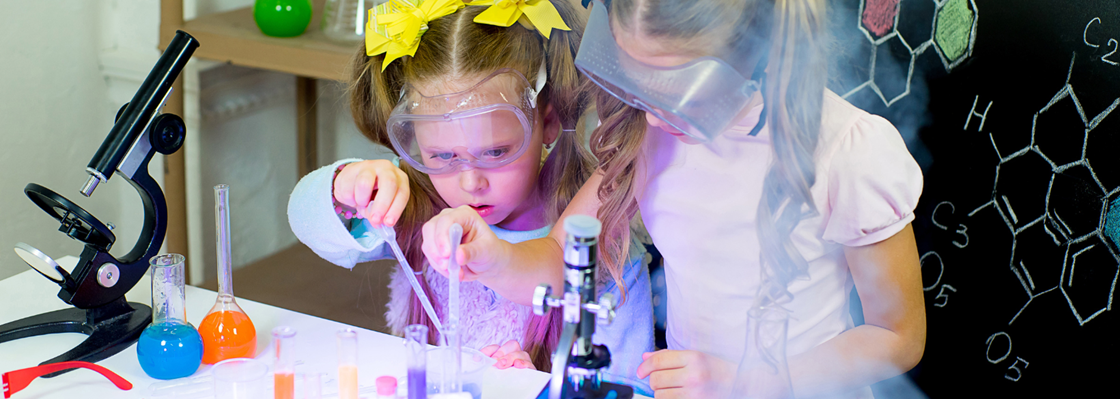Instant ice: an experiment for children
This week we are proposing a small experiment: reproducing instant ice!

This experiment is ideal for children, to stimulate their curiosity about a chemical process, but we also recommend that adults try it because... well, why shouldn’t they? Curiosity is ageless! You only need a few ingredients which are found in every home, but the result is truly surprising: seeing is believing.
Instant ice is one of our most popular products: discover instant ice packs, gel packs, spray ice and all our products by clicking here.
Continue reading our article, prepare everything you need for the experiment and watch your instant ice form...instantly! A video found on onlypassionatecuriosity.com supports the information you will read below.
The materials required for the experiment
Prepare the materials required for the experiment on your work surface. Equip yourself with:
- a bottle of water;
- a glass or ceramic container;
- a plastic or metal tray;
- ice cubes;
- a freezer.
Conducting the experiment
Prepare some ice cubes and put the bottle of water in the freezer for at least two hours. Make room and lay it flat for better results, making sure it isn’t dented.
Once the set time has passed, remove the bottle of water before it freezes completely. How can you tell if the temperature is ideal? When you move the bottle, you will notice the formation of small ice crystals.
Place the tray (plastic or metal) on your work surface and position the container upside down. Place an ice cube on the surface of the upside-down container.
At this point, remove the cap from the bottle and slowly pour the water over the ice cube: you will see instant ice forming before your very eyes!
Instant ice: the scientific explanation
This simple but truly impressive experiment illustrates to young and old the scientific explanation behind the freezing temperature of water. When the right freezing temperature is reached, water molecules turn into ice crystals.
The ice cube used during the experiment helps water molecules to turn into ice faster, because it is easier for water molecules to bind and turn into ice on already formed ice.
This process is called nucleation and is activated by an impurity, a small defect found in the initial phase. In the experiment, our bottle of water is the nucleation.
In this case, instant ice is generated by an imperfection: isn’t it wonderful?
Try this experiment at home and tell us how it went; we’re curious to know! Contact the Dispotech team.












